Jasmine rice has long been used in a variety of dishes across many world cuisines. This unique grain, with its delicate milky flavour and floral jasmine aroma, can transform any meal into a true gastronomic masterpiece. In this article, we’ll explore what Thai jasmine rice is and the best ways to prepare it.
Table of contents
Description of the Variety
Jasmine rice (Oryza sativa 'Jasmine') is a long-grain variety exclusively cultivated in Thailand. Surprisingly, attempts to grow this grain in other countries have failed due to the inability to replicate its distinctive taste and fragrance. The secret lies in Thailand’s unique soil – sandy and slightly saline.
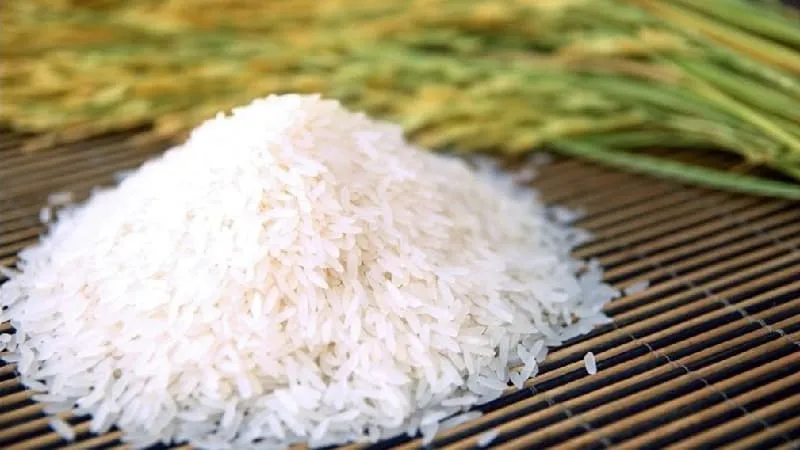
The grains are white, slightly translucent (see photo). They have a narrow, elongated shape and a subtle milky aroma. When cooked, they stick together slightly but retain their shape.
Note. The rice gets its name from its resemblance to white jasmine petals. The most premium varieties have a pronounced floral fragrance.
Nutritional Composition
Jasmine rice is a complex carbohydrate, ensuring long-lasting satiety. Unlike simple carbs, it doesn’t cause rapid insulin spikes, which can trigger hunger shortly after eating. It’s a hypoallergenic product, free from gluten, making it ideal for dietary needs.
Chemical composition:
- Vitamins B1, B2, B4, B5, B6, B9;
- Vitamin E;
- Vitamin K;
- Vitamin PP;
- Iron;
- Calcium;
- Magnesium;
- Zinc;
- Selenium;
- Phosphorus;
- Manganese;
- Sodium;
- Iodine.
Macronutrients per 100 g:
- Protein – 7.2 g;
- Fat – 0.4 g;
- Carbohydrates – 79 g.
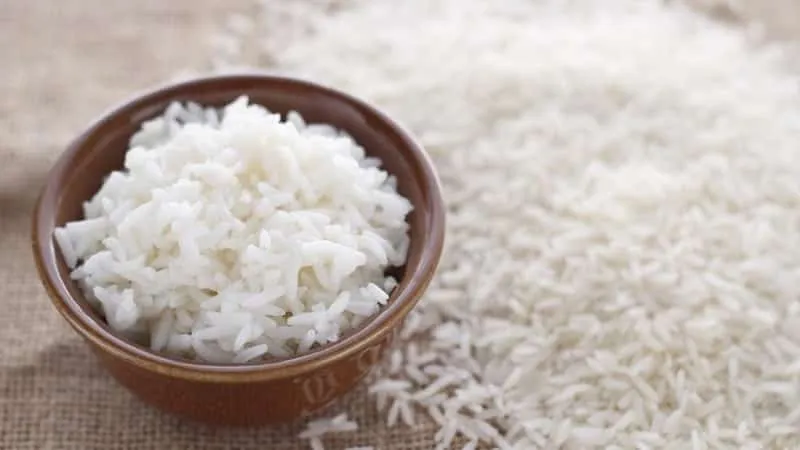
Additional nutritional values:
- Water – 11.62 g;
- Ash – 0.64 g;
- Fibre – 1.3 g;
- Saturated fatty acids – 0.18 g;
- Monosaccharides and disaccharides – 0.12 g.
Caloric content: 338 kcal per 100 g.
Health Benefits and Considerations
The polished grains are steam-treated to preserve nutrients. Thanks to its rich composition, jasmine rice positively impacts several bodily systems:
- Cardiovascular;
- Digestive;
- Endocrine;
- Nervous.
The fibre content aids intestinal motility, supports digestive health, and may reduce cancer risks.
Rice porridge is beneficial after heavy metal exposure. It’s safe for children as it’s gluten-free.
Despite its benefits, excessive consumption may have drawbacks. Nutritionists advise moderation during weight loss due to its high caloric density. Overconsumption may also cause constipation.
People with diabetes should monitor portions, as the glycemic index is 70. Exceeding daily limits may spike blood sugar levels.
Selecting Quality Rice
When choosing jasmine rice, examine its appearance, aroma, and price.
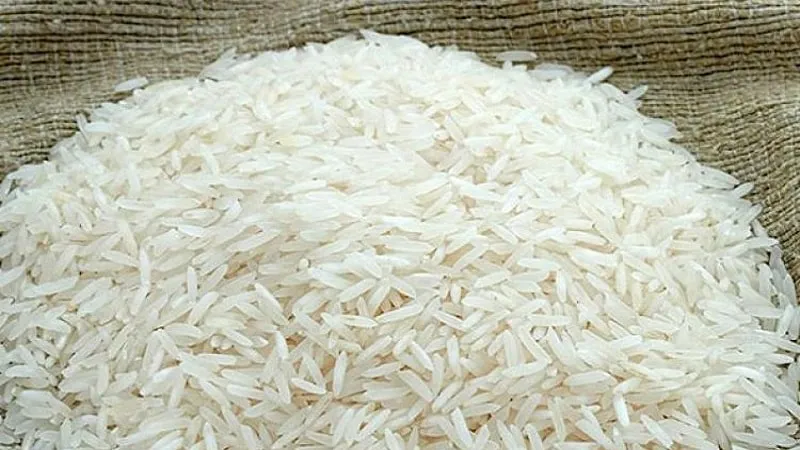
High-quality rice exhibits:
- Uniform, elongated grains with smooth surfaces, free from cracks or spots;
- A pronounced, pleasant aroma detectable through packaging.
Check expiration dates and processing methods, typically listed on packaging.
Note. Higher-priced rice usually indicates superior quality.
Cooking and Serving Suggestions
Thai chefs, renowned for their expertise with jasmine rice, emphasise avoiding direct water contact. Traditionally, they steam the rice wrapped in muslin cloth.
Note. Muslin – a lightweight, breathable natural fabric.
For home cooking, you can use a stove, oven, or rice cooker:
Stovetop method: Rinse rice until water runs clear. Ideal ratio: 1 part rice to 2 parts salted water. Bring to a boil, then simmer for 10–15 minutes. Let it rest covered for 10 more minutes.
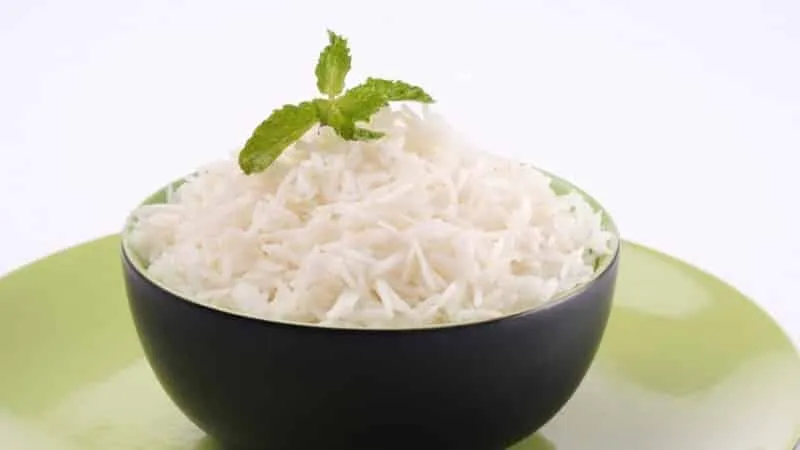
Oven method: Use the same ratio. Bake at 160°C for 30 minutes until water evaporates.
Rice cooker: Rinse rice, use a 1:1.5 rice-to-water ratio. Select the "Rice" setting (cooking time ~30 minutes).
Serving ideas: Pair with meats, fish, or use in pies and desserts. It absorbs sauces exceptionally well. Popular in Thailand with coconut milk-based dishes.
Try these European-friendly recipes:
Jasmine Rice with Prawns and Rocket
Ingredients:
- Rice vinegar – 80 ml;
- Jasmine rice – 400 g;
- Cane sugar – 45 g;
- Fresh rocket – 100 g;
- Sesame oil – 45 ml;
- Garlic – 1 head;
- Lemons – 2;
- Prawns (fresh or thawed) – 400 g;
- Fish sauce – 2 tbsp.
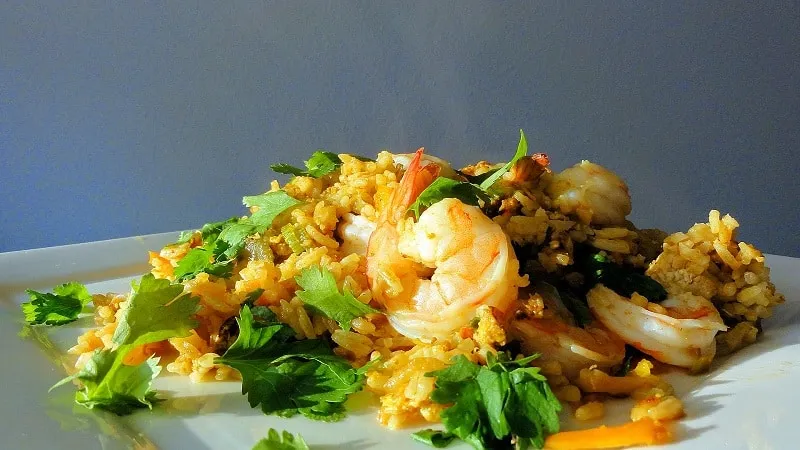
Method: Partially cook rice. Sauté garlic in oil, add lemon juice, vinegar, fish sauce, and sugar. Simmer, add prawns and rocket, then rice. Stir, cover, and let sit for 5 minutes before serving.
Jasmine Rice with Cashews and Dried Fruits
Ingredients:
- Jasmine rice – 200 g;
- Cashews – 70 g;
- Dried apricots – 70 g;
- Raisins – 70 g;
- Mint – 1 bunch;
- Coconut oil – 50 ml.
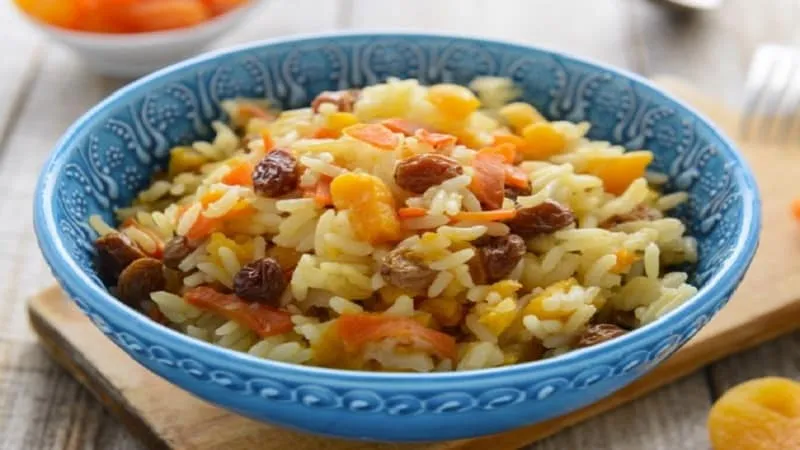
Method: Cook rice. Lightly toast cashews in oil, add dried fruits, then rice. Sauté for 10 minutes. Add mint before serving.
Storage Guidelines
Uncooked rice keeps for ~6 months in a dry, dark place. Discard if grains yellow or develop spots.
Cooked rice lasts 3–4 days refrigerated in an airtight container.
Conclusion
Jasmine rice – a versatile, nutritious grain prized beyond its homeland. Perfect as a main, side, or dessert base, its floral notes elevate any dish. When consumed mindfully, it delivers essential nutrients without compromising health.







